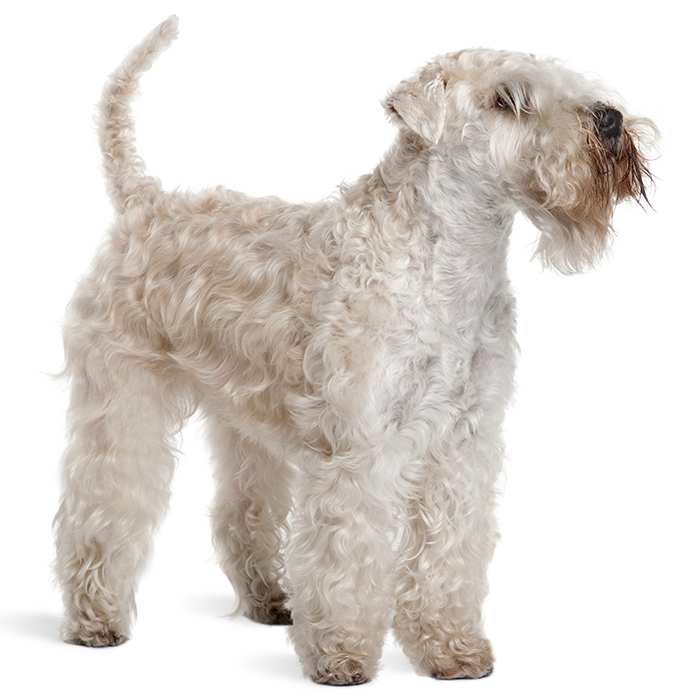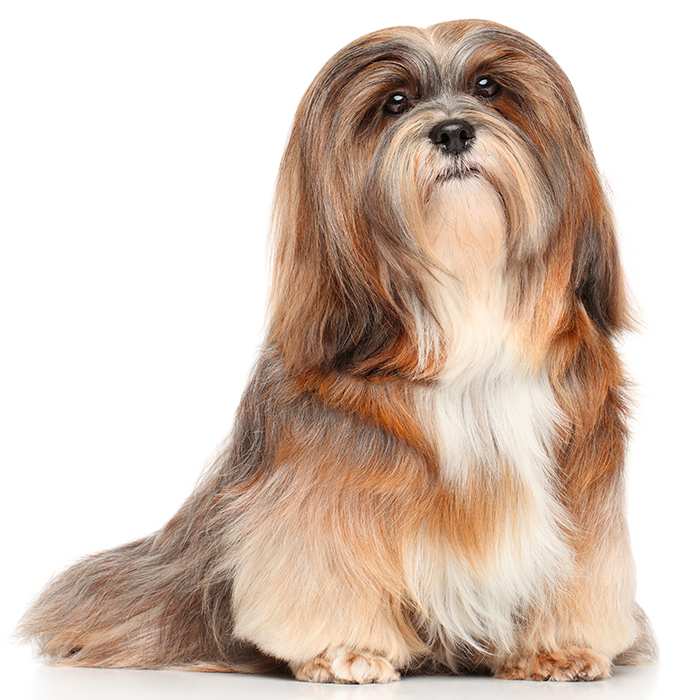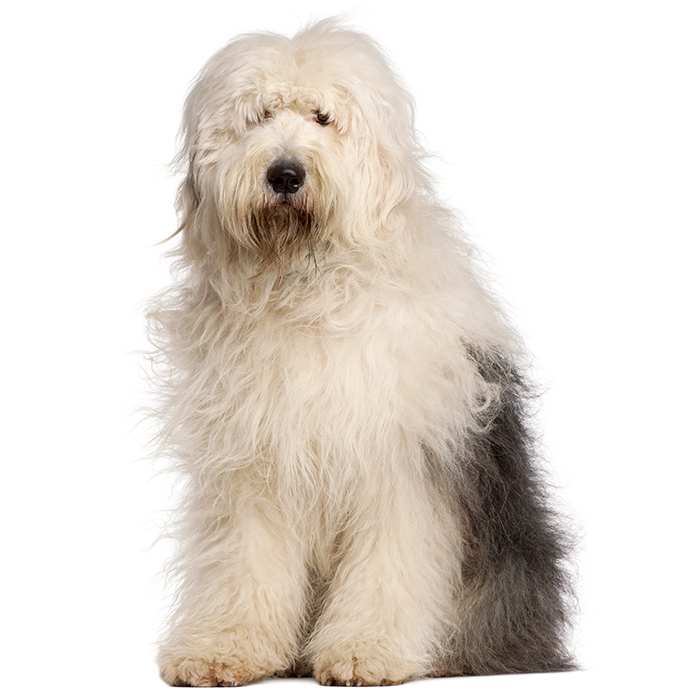Siberian Husky


| Recommended for | Active, experienced families |
| Breed Classification | Working group |
| Other names | Sibe (short for Siberian) |
| Lifespan | 12 to15 years |
| Size | Medium |
| Temperament | Friendly, adaptable, gentle, independent |
| Intelligence | Above average |
| Tendency to bark | High |
| Maintenance Level | Medium |
| Health Risk | This breed has an around average probability of having health issues in its lifetime, hence it is one of the more affordable breeds to insure. |
Insuring a Siberian Husky?
Get our award-winning Nose-to-Tail Cover with up to $30k annual benefit limit, up to 90% of eligible vet bills back, and no sub-limits.
Get a quick quote
Is this breed right for you?
Try our breed selector quiz to find out your best matching breed!
Insuring a Siberian Husky?
Get our award-winning Nose-to-Tail Cover with up to $30k annual benefit limit, up to 90% of eligible vet bills back, and no sub-limits.
Get a quick quote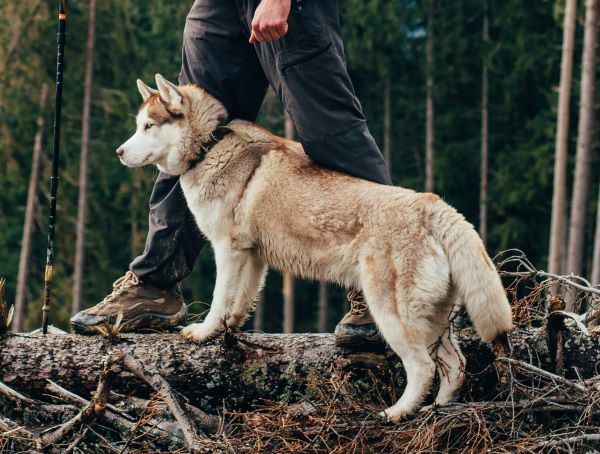
Breed history of Siberian Huskies
Siberian Huskies (the term “husky” is a corruption of the nickname “Esky” once applied to the Eskimos and subsequently to their dogs) are considered to be one of the oldest breeds of dogs.
The Chukchi (pronounced ‘chook-chee’) people of north east Asia bred dogs that were kept as companion dogs for their families as well as endurance sled dogs that could carry moderate loads over long distances. Isolated by from the rest of the world, they were able to maintain the purity of their sled dogs for many generations.
In the early 1900’s Alaskans in America became aware of the sled dogs from Siberia and in 1909, the first large numbers of these Chukchi dogs were brought to Alaska to compete in the long-distance All-Alaska Sweepstakes races. The Alaskan dog drivers quickly recognised the ability of these huskies from Siberia and a large number of them were imported to Alaska.
In 1925 the dogs were used in a heroic mission to deliver antitoxin supplies after a diphtheria outbreak in the remote city of Nome. Known as the ‘Great Race of Mercy’, a team of 20 people and 150 sled dogs transported antitoxin supplies 647 miles across Alaska in five days.
The thrilling ‘serum run,’ reported in newspapers around the world, won Siberians a popularity that has not diminished to this day. Balto, who was the lead dog on the final leg of the journey, remains one of the most honoured hero dogs in canine history – there is a bronze statue of Balto near the entrance of Central Park in New York.
Siberian Huskies are still used today in sled teams and there are social sledding clubs around the world and in Australia. Less adventurous owners simply enjoy the company of this active, sociable and gentle breed.

Physical description of Siberian Huskies
The Siberian Husky’s compact body, well-furred coat, erect, triangular ears, and furry, sickle-shaped tail are indicative of the breed’s northern heritage. Their almond-shaped eyes can be amber, brown or blue, and sometimes bi-eyed (two different coloured eyes), or parti-eyed (two colours in the one eye). The nose can be black, liver or flesh-coloured, dependent upon the colour of the dog’s coat.
The Siberian has a medium length, double coat that can come in any colour, from pure white to black, and can be patterned. The face mask and undercoat are usually white, and the top coat any colour. The coat is quite thick and can withstand temperatures as low as minus 60 degrees Celsius. This double coat acts like insulation, keeping the heat in during the colder months, and keeping it out during the warmer ones. The coat also comes in a longer variety, referred to as a “woolly” coat.
| Weight range | Males 20 to 27 kg; females 16 to 23 kg |
| Height range | Males 53 to 60 cm; females 51 to 56 cm |
| Colours | Commonly black and white, red and white, grey and white, silver, wolf-grey, sable and white |
| Coat length | Medium |

Siberian Husky personality and temperament
Adaptable, eager to please and friendly, Siberian Huskies show strong affection to their entire family and are seldom a one-person dog. They are sociable animals that need the company of other dogs or of people. They don’t exhibit fear or suspicion of strangers, and will greet guests cordially. In fact, they don’t make good guard dogs and are more likely to welcome strangers in to play than to guard your home.
Although Siberians are beautiful, fun loving dogs with a good nature, they may not make the ideal pet for everyone who is attracted to them. They are working dogs with an independent mind that may prove to be too stubborn and too much of a handful for novice dog owners. They may be difficult to housebreak, they bore easily and they like to howl, to chew and especially to dig.
Siberians don’t like to be left alone for extended periods with nothing to do, especially without being exercised beforehand. A lonely Siberian Husky, or one that is not receiving sufficient exercise and mental stimulation, can well become destructive. For these reasons and more, they are definitely not recommended for first time dog owners or those who spend most of the day away from home. On the other hand, they can make wonderful companions for experienced and active owners who are aware of what to expect and are willing to put in the required time and effort.
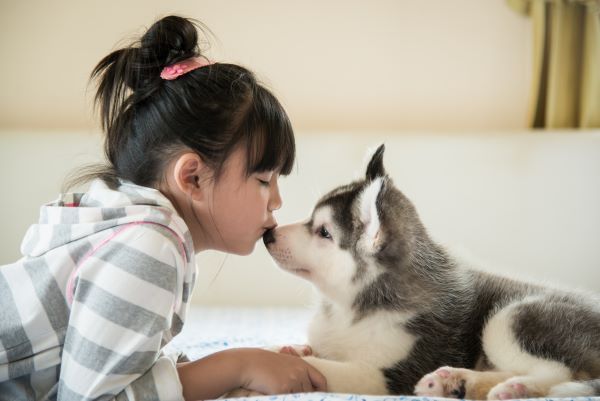
Siberian Huskies with kids and other pets
Their gentle, tolerant and friendly disposition tends to make Siberians great with children, particularly if they’ve been socialised with them. This isn’t surprising, as the Chukchi people held their dogs in great esteem, housing them in the family shelters and encouraging their children to play with them.
As born pack dogs, Siberians get on well with other dogs. It is often suggested that they have a canine companion if they are going to be left alone for long periods. When interacting with unfamiliar dogs, the Siberian typically shows friendly interest and well-mannered decorum. If attacked, however, they are ready and able to defend themselves.
While they love the company of other dogs, their tolerance for cats is not so straightforward. Predatory instincts in the Siberian husky are strong and owners must be aware that small animals in and around the home, such as rabbits, birds, guinea pigs and cats, are potential targets for these instincts.
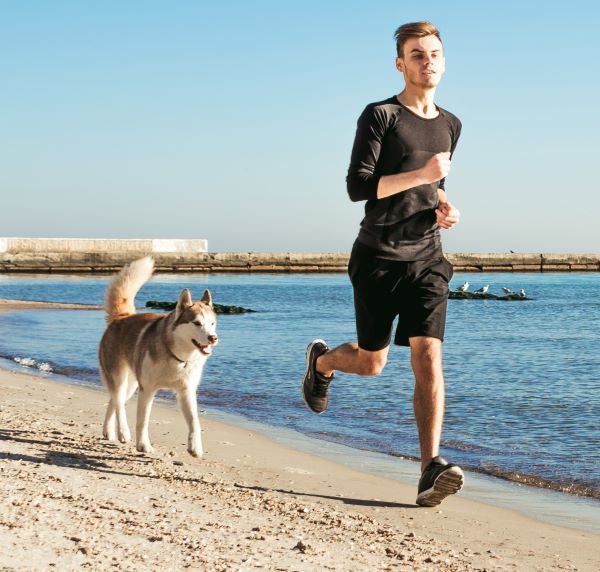
Siberian Husky training and exercise
Siberians require a fair amount of exercise and love a daily walk or jog, but should not be exercised excessively in warm temperatures. When given enough exercise – around 2 to 3 hours a day – they make happy, well-adjusted members of the household. They require secure, dig-proof fencing, as their prey drive and instinct to roam is strong.
Sled dogs by nature, Siberians can pull many times their own body weight, and teaching them to walk nicely on the lead without pulling is almost impossible. If you are after leisurely walks, this is not the right breed. Running is one of their favourite pastimes so you are better off going for a jog with them or teaching them to run next to you when you ride your bike. Their tremendous desire to run is also a danger to them, and for their own protection, they should be kept confined or under control at all times.
Siberians are considered to be particularly difficult to train. Classes and training methods that avoid punishment and use rewards or motivational techniques are highly recommended and are suitable for Siberian Huskies of all ages. Training requires patience, perseverance and an understanding of the arctic dog character. The entire household has to be on board when training a Siberian as consistency is critical for success.
| Energy level | Very high |
| Exercise requirements | Very high |

Siberian Husky feeding and nutrition
Siberian huskies requires a relatively small amount of food for their size compared to other breeds. This is because they were developed to pull a light load at a fast pace over great distances in low temperatures on the smallest possible intake of food.
As an active breed, for optimum health Siberians should be fed a high-quality protein-based food. This will also help to maintain a healthy skin and coat. Monitor each individual Siberian, and adjust the amount and type of food as required, depending on their age (puppy, adult, or senior), size and activity level. Be careful not to overfeed. Check with your vet if you have any concerns about your Siberian’s weight or diet.
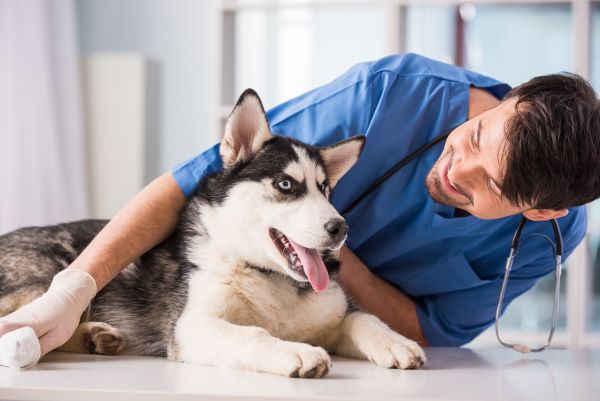
Siberian Husky care and grooming
The Siberian husky is a relatively easy dog to care for. Despite their thick double-layered coats, they can live happily in warmer climates with adequate shade and water. They are by nature fastidiously clean and are free from body odour, so often need only a few baths a year. Weekly brushings will help keep the coat and skin in good condition.
Twice a year Siberian huskies shed their undercoats, which need to be ‘raked out’ daily with a pin brush and metal comb. It is at these times that you realise the amazing density and profusion of the typical Siberian husky coat, because there will be fur all over the house and even in the air (although some owners feel that this periodic problem is easier to cope with than the constant shedding and renewal of many smooth- coated breeds).
Health issues for Siberian Huskies
- A number of Eye Conditions can occur in Siberian Huskies, including Cataracts. It has been estimated that this eye disease may affect about 10% of the breed. The most common time for the disease to occur is between six to twelve months old and it can progress to blindness at about two to three years old. Siberian Huskies have also been known to suffer from corneal dystrophy, pannus and glaucoma.
- Skin problems can be an issue for Siberian Huskies, especially zinc-responsive dermatosis. Symptoms include red and crusty spots on the skin which are the result of low zinc levels. This condition is the result of a lack of nutrients and a quick vet check will help get to the bottom of the issue usually through a blood test.
- Degenerative myelopathy is one of the most common diseases in Siberian Huskies. It is a disease affecting the spinal cord that can lead to hind limb paralysis in older dogs, and there are a number of symptoms when the dog appears very unstable on its feet. A vet check can be conducted to determine if your Husky is at risk.
- Hip Dysplasia occurs when the ball of the hip joint does not develop normally and as a result fails to fit snugly into the hip socket. This condition is usually caused by genetics but obesity, nutrition and pelvic muscle mass can all contribute to its development.
- Arthritis, a degenerative disease, can occur in Siberian Huskies as they age. It is a major cause of chronic pain in older dogs and can result in permanent joint damage. The most commonly affected joints in dogs are the hips, knees, shoulders and elbows.
Not all conditions are covered by Pet Insurance. For details of Bow Wow Meow Pet Insurance cover, refer to the Product Disclosure Statement.
What do Siberian Husky owners claim for the most?
- Cruciate Disease
- Mass Lesion
- Dermatitis
- Diabetes Mellitus
- Otitis Externa
Thinking about insuring a Siberian Husky
Thinking about insuring a Siberian Husky
Learn moreThinking about insuring a Siberian Husky
Learn moreFree engraved pet ID tag on sign up3
Customer Satisfaction
21 day cooling off
Easy to use Pet Portal

GapOnly® in vet claims
FURTHER INFORMATION
The Siberian Husky Club of NSW: http://www.shcnsw.org.au/
The Siberian Husky Club of Victoria Inc: https://shcvic.org/
Husky Rescue WA: https://www.huskyrescue.com.au/

